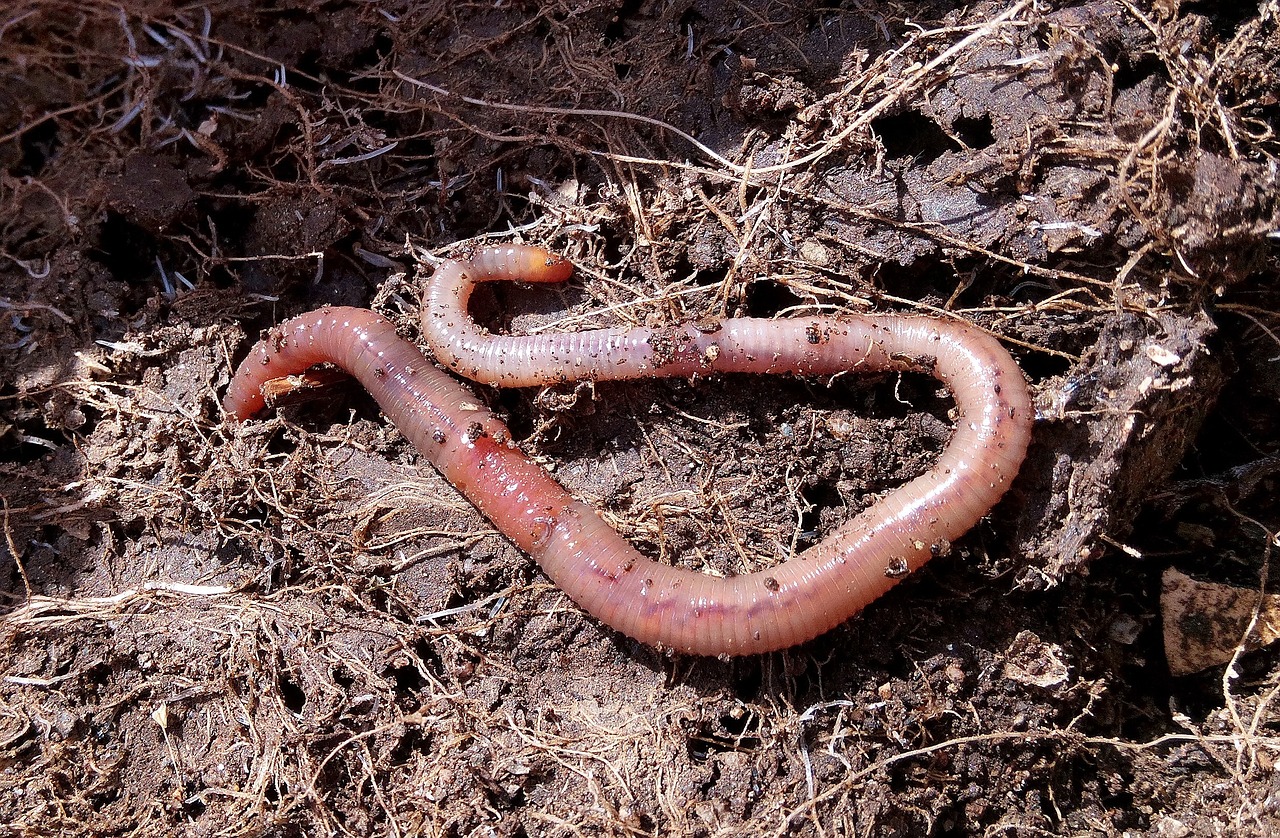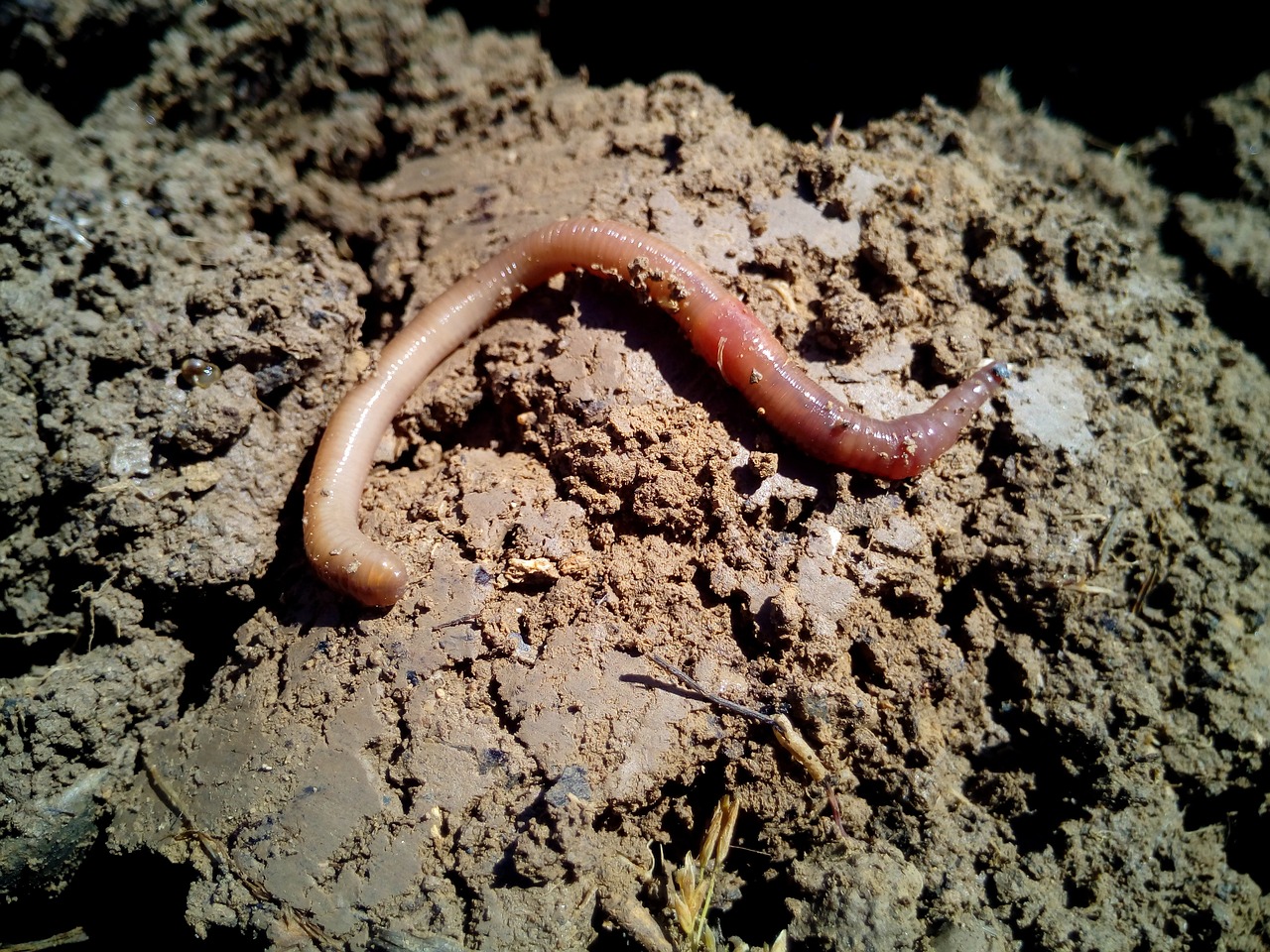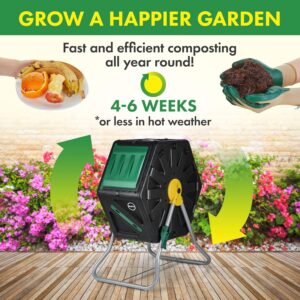What Is Vermicomposting?
Welcome to our journey into the world of vermicomposting! Together, we’ll explore this fascinating process that transforms kitchen scraps and garden waste into nutrient-rich fertilizer with the help of our little friends—earthworms. Vermicomposting is not just a great way to reduce waste but also an incredible method to enrich our soil sustainably. By delving into how vermicomposting works and its benefits, we will discover how simple it is to turn food waste into gold for our gardens. So, let’s dig in and uncover the magic beneath the surface! Have you ever wondered what vermicomposting is and how it can benefit us and our environment? Chances are, if you’re interested in sustainable living or gardening, you’ve heard about it. Yet, you might still be curious about the ins and outs of this fascinating process. Let’s dive into the wonderful world of vermicomposting together!

What Is Vermicomposting?
Definition of Vermicomposting
Vermicomposting is the process of using worms to convert organic waste into nutrient-rich compost. Essentially, it’s recycling food scraps and other organic materials using the natural digestive activities of worms. These tiny creatures eat up our leftovers and leave behind a substance known as “worm castings,” which is an excellent soil amendment.
The Importance of Vermicomposting
Not only is vermicomposting an environmentally friendly way to dispose of organic waste, but it also produces a valuable product that can improve soil health. By reducing food waste and enriching the soil, we support a more sustainable and eco-friendly way of living. Composting with worms is efficient, reducing the volume of waste and cutting down on greenhouse gases, such as methane, that are emitted when organic waste decomposes in landfills.
How Vermicomposting Works
The Biology of It All
Worms are the ecological engineers in vermicomposting. They break down organic material and facilitate microbial activity in the soil. The most common species used for this process is the red wiggler worm (Eisenia fetida). These worms consume the organic material and excrete worm castings, which contain nutrients easily absorbed by plants.
Role of Worms
- Feeding: Worms eat organic scraps and process them in their digestive systems.
- Excretion: They excrete worm castings rich in nitrogen, phosphorus, potassium, and trace minerals.
- Aeration: As they burrow and move through the compost, they aerate it, which is beneficial for microbial activity.
The Components of a Worm Bin
The Essentials
- Worms: Red wigglers are the preferred choice for vermicomposting.
- Bedding: This includes materials like shredded paper, cardboard, and coconut coir.
- Food Scraps: Suitable organic waste includes fruit and vegetable scraps, eggshells, coffee grounds, and tea bags.
- Moisture: The bin should be kept moist, but not soggy.
- Aeration: Proper airflow prevents the compost from becoming anaerobic, which can produce unpleasant odors.
Step-by-Step Vermicomposting
- Prepare the Bin: Choose a bin with adequate ventilation and drainage. Plastic or wood bins work well. Ensure it has a lid to keep unwanted pests out.
- Add Bedding: Fill the bin with 4-6 inches of bedding material. Dampen it lightly.
- Introduce Worms: Place the worms on top of the bedding. Give them some time to settle in.
- Add Food Scraps: Begin adding food scraps in small amounts, burying them under the bedding.
- Maintain the Bin: Monitor the moisture level and turn the bedding occasionally to maintain aeration.
- Harvest the Compost: After a few months, the compost will resemble dark, crumbly soil. Separate the worms from the compost and start the process again.
Benefits of Vermicomposting
Economic Benefits
By vermicomposting, we can save money on waste disposal and commercial fertilizers. Worm castings serve as a highly effective and natural fertilizer, reducing the need for chemical inputs in our gardens.
Environmental Benefits
- Waste Reduction: Diverts food waste from landfills.
- Reduced Greenhouse Gas Emissions: Limits methane production from decomposing organic material in landfills.
- Soil Enrichment: Enhances soil structure, helping retain moisture and improve the nutrient profile of the soil.
Agricultural Benefits
- Increased Crop Yields: Enhanced soil fertility boosts plant growth.
- Improved Soil Health: Worm castings enrich the soil with beneficial microbes and nutrients.
- Natural Pest Control: Some studies suggest that vermicompost can help in suppressing plant diseases and pests.
Common Questions about Vermicomposting
What Can and Can’t Be Composted?
Understanding what to add to our worm bin can be crucial for maintaining a healthy environment for our worms.
| Suitable for Vermicomposting | Unsuitable for Vermicomposting |
|---|---|
| Fruits and vegetable scraps | Meat, fish, and dairy products |
| Coffee grounds and filters | Fats and oils |
| Tea bags (non-plastic) | Citrus peels and onion skirts |
| Eggs and eggshells | Glossy paper |
| Shredded newspaper and cardboard | Pet waste |
How Do We Maintain the Worm Bin?
Maintaining a healthy worm bin requires regular monitoring. Keep an eye on the moisture level, temperature, and aeration. Overfeeding can lead to a smelly bin, while underfeeding can cause food scarcity for the worms. Make sure to turn the bedding occasionally to aid aeration and microbial activity.
What to Do If There Are Problems
Bad Odor
A correctly maintained worm bin should have an earthy smell. A foul odor indicates that the bin might be too wet, not aerated enough, or overfed. Adjust the moisture level by adding dry bedding and ensure the bin has adequate airflow.
Pests
Pests such as fruit flies and ants can be a nuisance. This can be controlled by thoroughly burying food scraps, avoiding overfeeding, and using a well-fitted lid to discourage pests from entering the bin.

Vermicomposting in Different Settings
Home Vermicomposting
A worm bin can be kept indoors or outdoors, making it adaptable to various living situations. Many people keep their bins in the kitchen, laundry room, or balcony. Be mindful of the bin’s conditions in extreme weather if kept outside.
Community Vermicomposting
For larger-scale projects, community centers, schools, or neighborhood groups can benefit from collective vermicomposting efforts. This not only manages waste for a group but also fosters community engagement and education on sustainable practices.
Commercial Vermicomposting
Large-scale vermicomposting operations handle waste from restaurants, grocery stores, or agricultural production. These commercial operations can yield large quantities of vermicompost for use in farming or sale.
Getting Started with Vermicomposting
Selecting the Right Worms
Red worms, also known as red wigglers (Eisenia fetida), are preferred for their efficiency in breaking down organic material. These worms thrive in environments rich in organic matter unlike earthworms commonly found in soil.
Choosing a Bin
We can use a range of containers for our worm bin, from simple repurposed storage bins to elaborate commercial systems. The size of the bin depends on the amount of waste we generate. A general rule of thumb is one square foot of surface area for every pound of waste per week.
Setting Up the Bin
After selecting a suitable container, we need to create a hospitable environment for the worms. Start with a base layer of moist bedding. Add our red wigglers and introduce food scraps gradually. Over time, we’ll develop a rhythm for adding food and maintaining the bin.
Tips for Successful Vermicomposting
Patience and Observation
Vermicomposting is a slow and steady process. Regularly check on the bin, observing how quickly the worms consume our scraps. Adjust feeding rates accordingly and be patient as the worms work their magic.
Proper Bedding
Using quality bedding material is critical. Shredded cardboard and paper are great options as they are readily available and help balance moisture levels.
Balanced Diet for Worms
Although worms are not particularly picky, maintaining a balanced diet ensures their health and productivity. Avoid feeding them too many acidic foods like citrus and ensure a mix of green and brown materials.
Moisture Management
A worm bin should feel like a wrung-out sponge. Too wet and it can become anaerobic, too dry and the worms may dehydrate. Adjust moisture by adding dry bedding or sprinkling with water as needed.
The Future of Vermicomposting
Innovations and Trends
As more of us recognize the impact of our environmental footprint, vermicomposting continues to grow in popularity. Innovations such as automated worm bins and vermicompost tea extractors are making the process even more accessible and efficient.
Educational Outreach
Programs aimed at educating individuals on the importance and benefits of vermicomposting are spreading globally. Schools, community centers, and environmental organizations are increasingly incorporating vermicomposting into their curriculums and initiatives.
Policy and Support
Many local governments and institutions are beginning to support composting initiatives through funding, resources, and education. Policies promoting organic waste management directly contribute to the growth of vermicomposting practices.
Conclusion
Vermicomposting is a natural, efficient, and rewarding process that helps us manage our organic waste while enriching the soil. By harnessing the power of worms, we can reduce waste, curb greenhouse gas emissions, support sustainable agriculture, and create lush, fertile soil for our gardens. Whether we are in a city apartment, a suburban home, or part of a larger community project, vermicomposting is adaptable and beneficial. It’s more than a method of composting—it’s a step toward a greener, more sustainable future. Let’s embrace vermicomposting and make a positive impact on our environment, one worm at a time.



